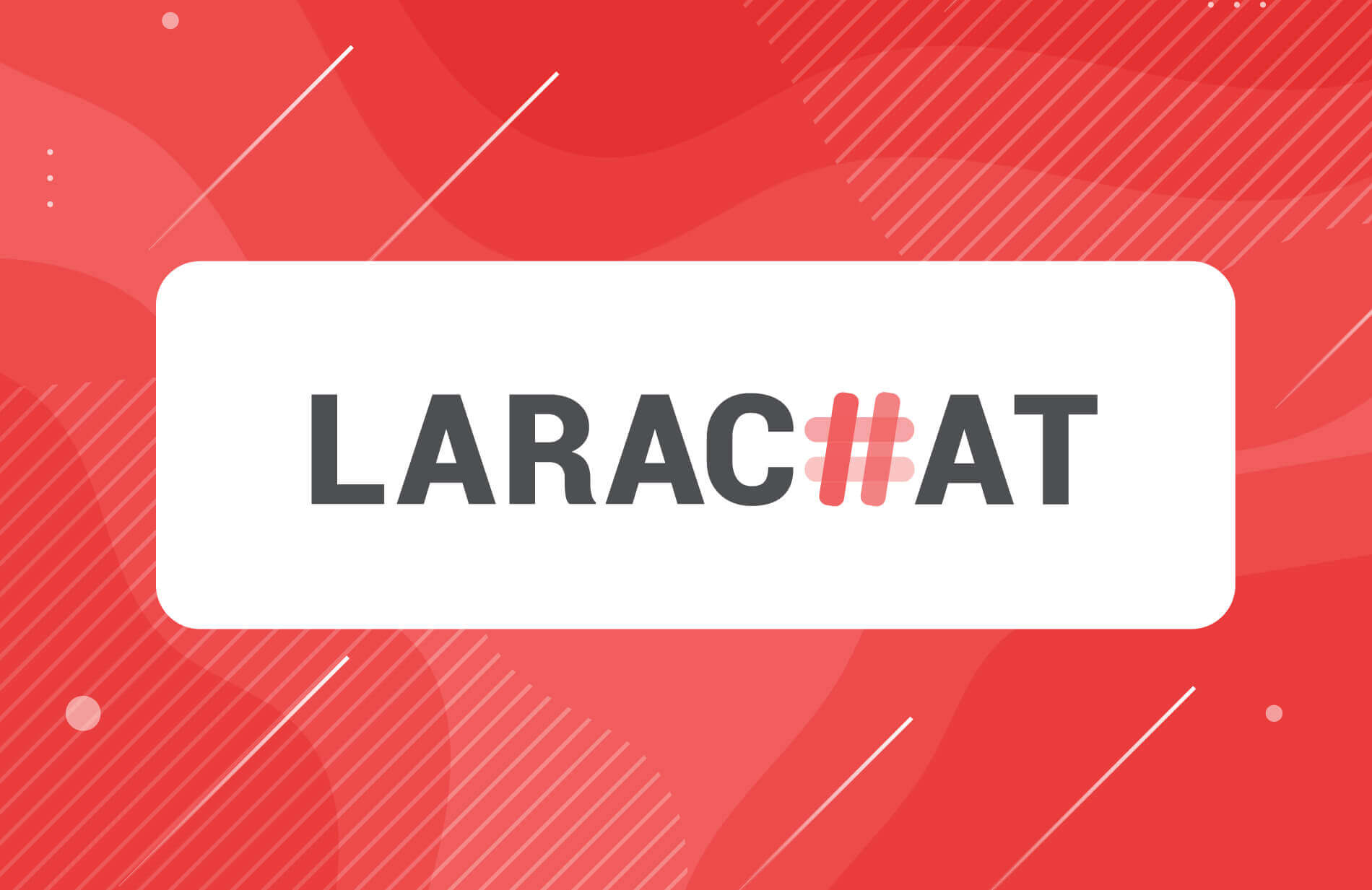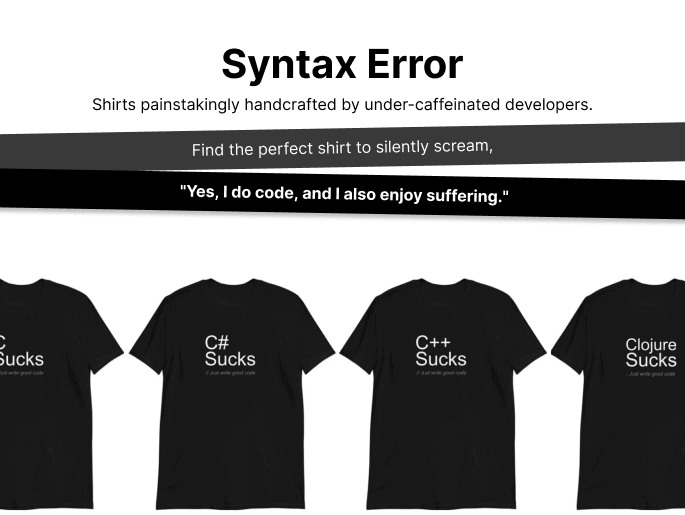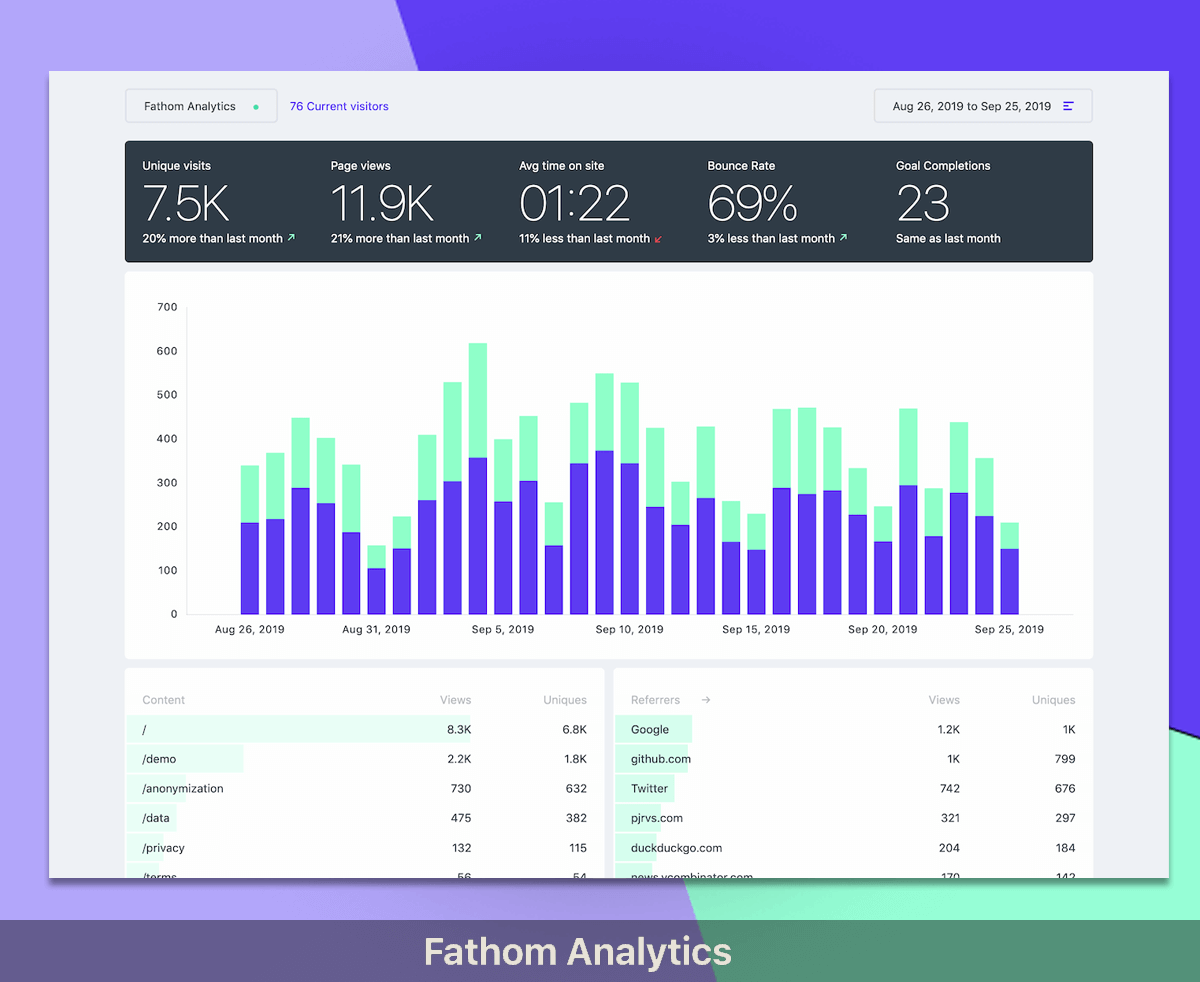Get the latest Laravel/PHP jobs, events and curated articles straight to your inbox, once a week
Source: divinglaravel.com
Balancing job processing across different users/tenants
The goal is to prevent one tenant that's pushing too many jobs from delaying job processing of other tenants.
That way, if one tenant dispatches a bulk of jobs they will only fill one random queue while the rest of queues are normally populated with other tenants' jobs.
That last approach seems pretty decent, since jobs of each tenant are isolated in a separate queue and if one tenant is pushing a ton of jobs, they won't delay processing jobs for other tenants. The downside of that approach is that the worker may check multiple empty queues before it find a queue with jobs to run.
Finally, another approach that wasn't covered in the video is configuring Horizon to auto-balance a pool of workers that consume jobs from multiple queues while pushing jobs of every tenant to a fixed queue each time.
That way, if one tenant dispatches a bulk of jobs they will only fill one random queue while the rest of queues are normally populated with other tenants' jobs.
That last approach seems pretty decent, since jobs of each tenant are isolated in a separate queue and if one tenant is pushing a ton of jobs, they won't delay processing jobs for other tenants. The downside of that approach is that the worker may check multiple empty queues before it find a queue with jobs to run.
Finally, another approach that wasn't covered in the video is configuring Horizon to auto-balance a pool of workers that consume jobs from multiple queues while pushing jobs of every tenant to a fixed queue each time.
Newsletter

Glimpse
Glimpse streamlines Laravel development by seamlessly deploying GitHub pull requests to preview environments with the help of Laravel Forge.
Laravel/PHP Careers





